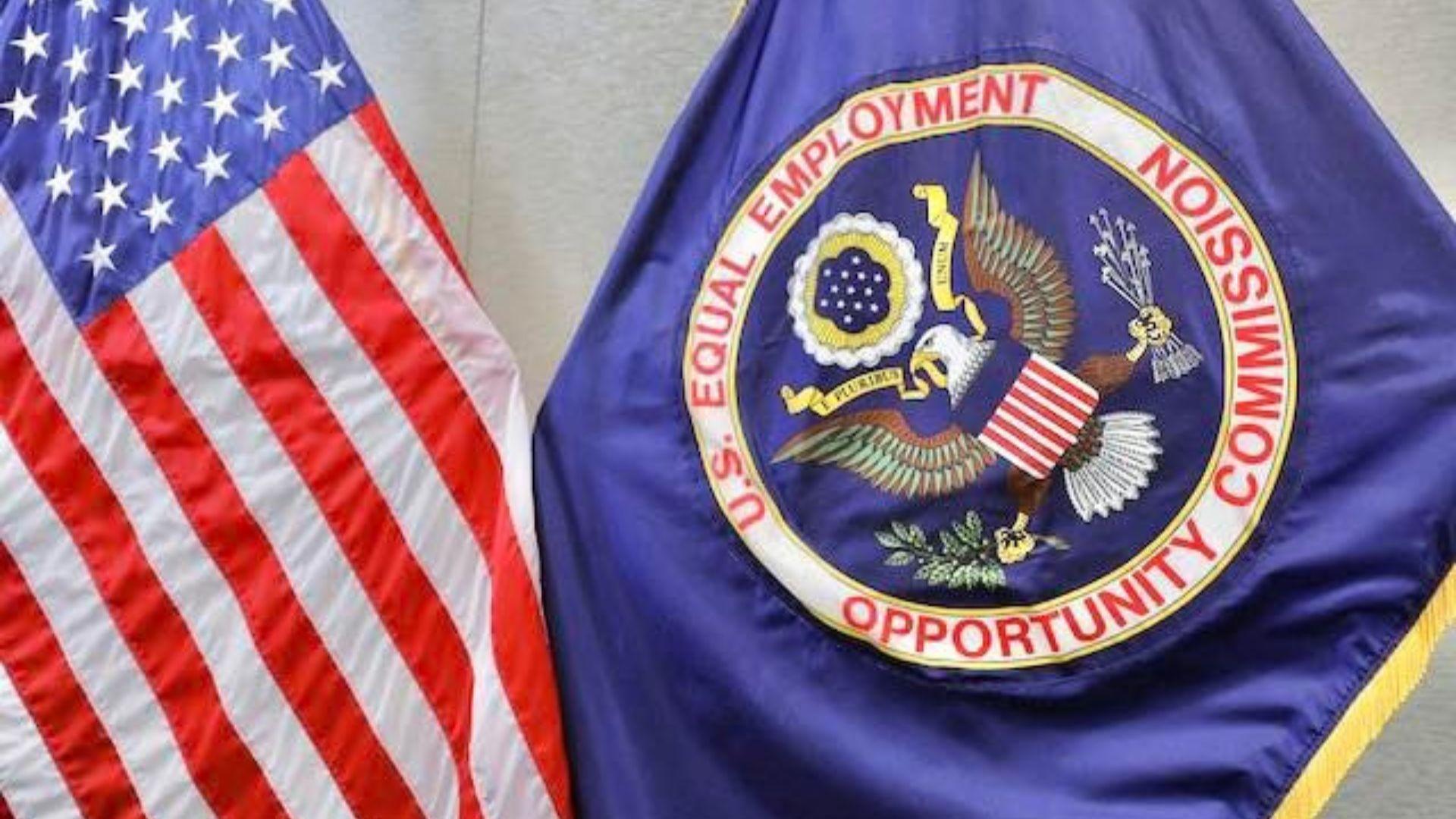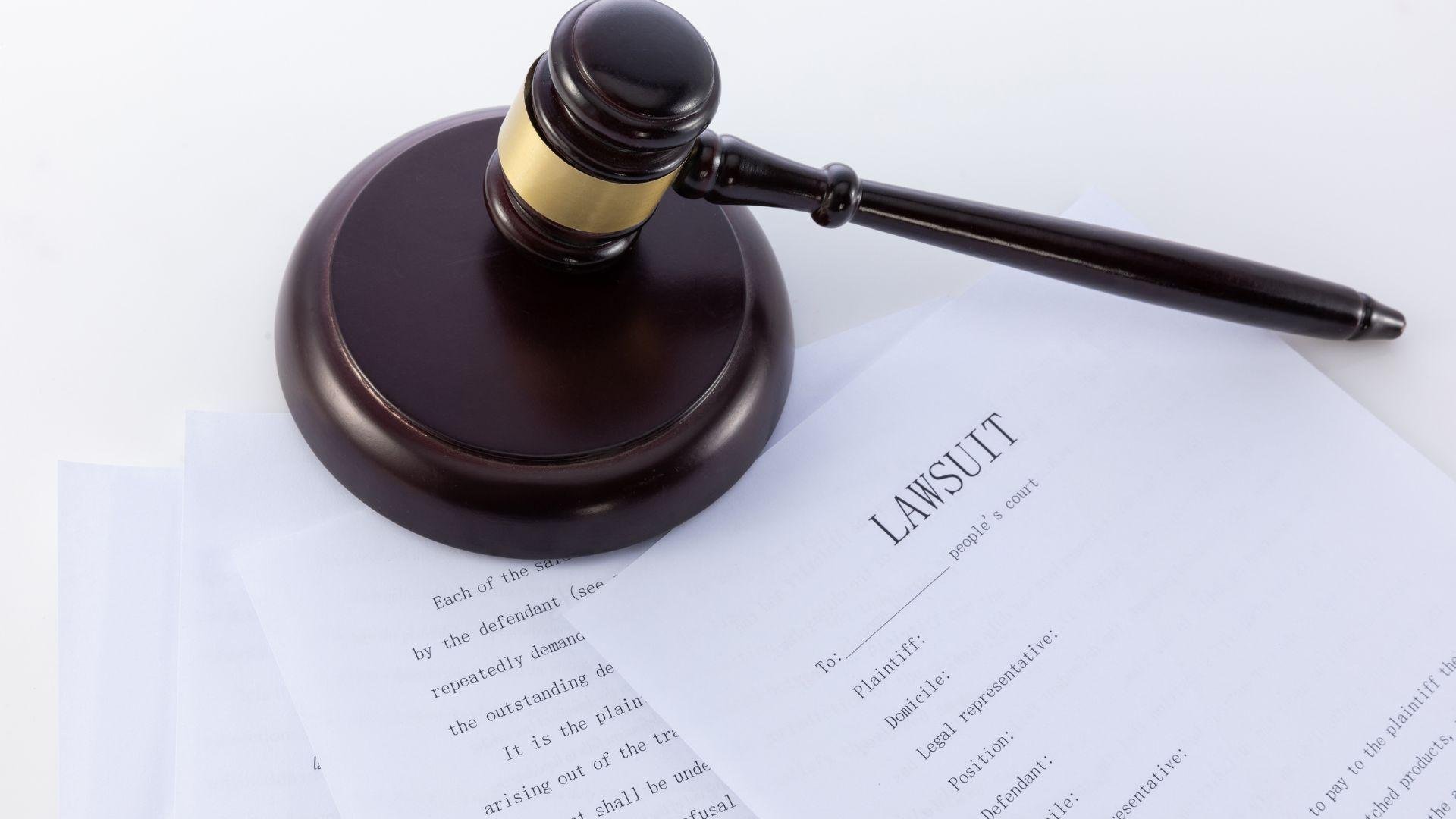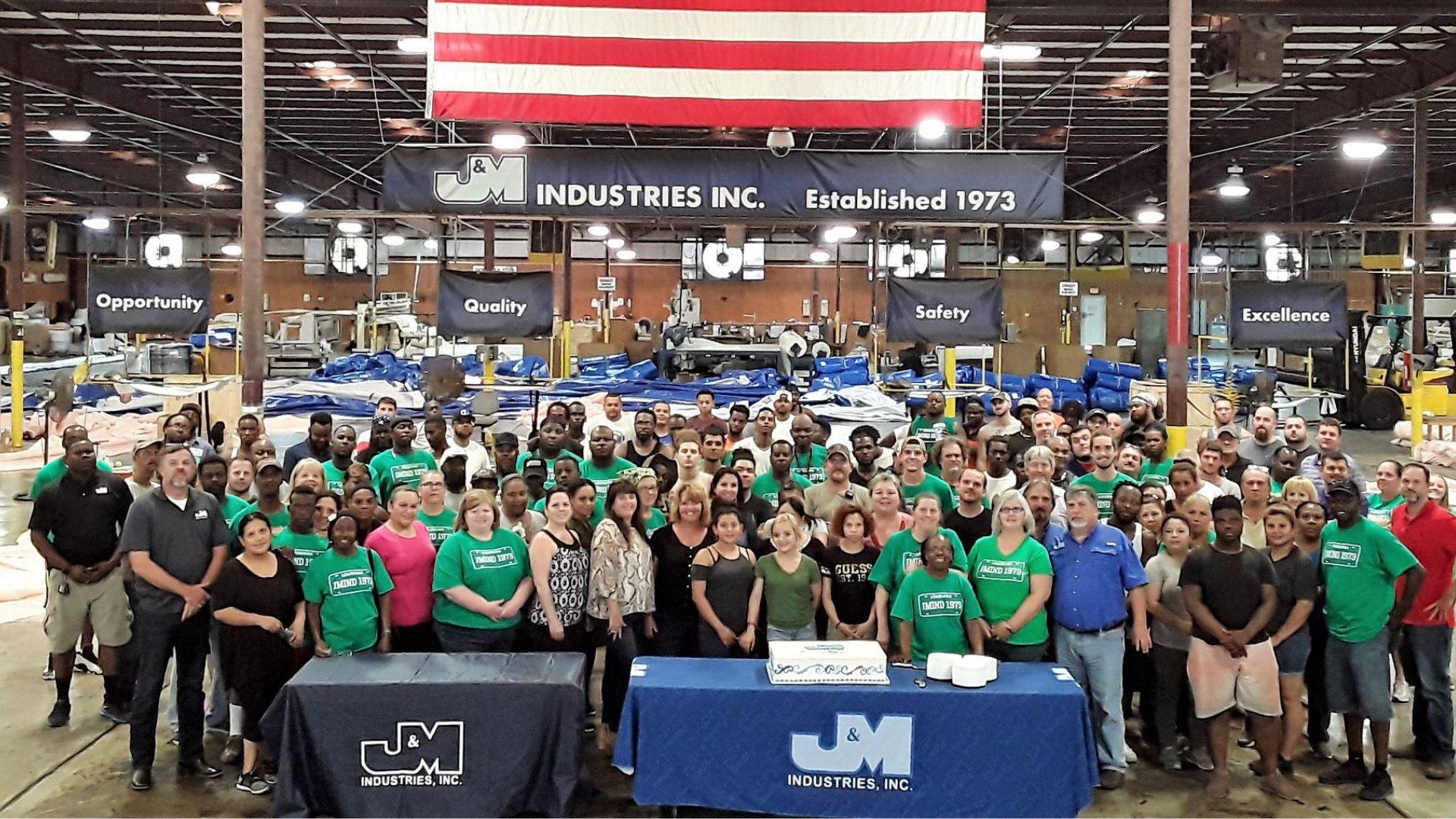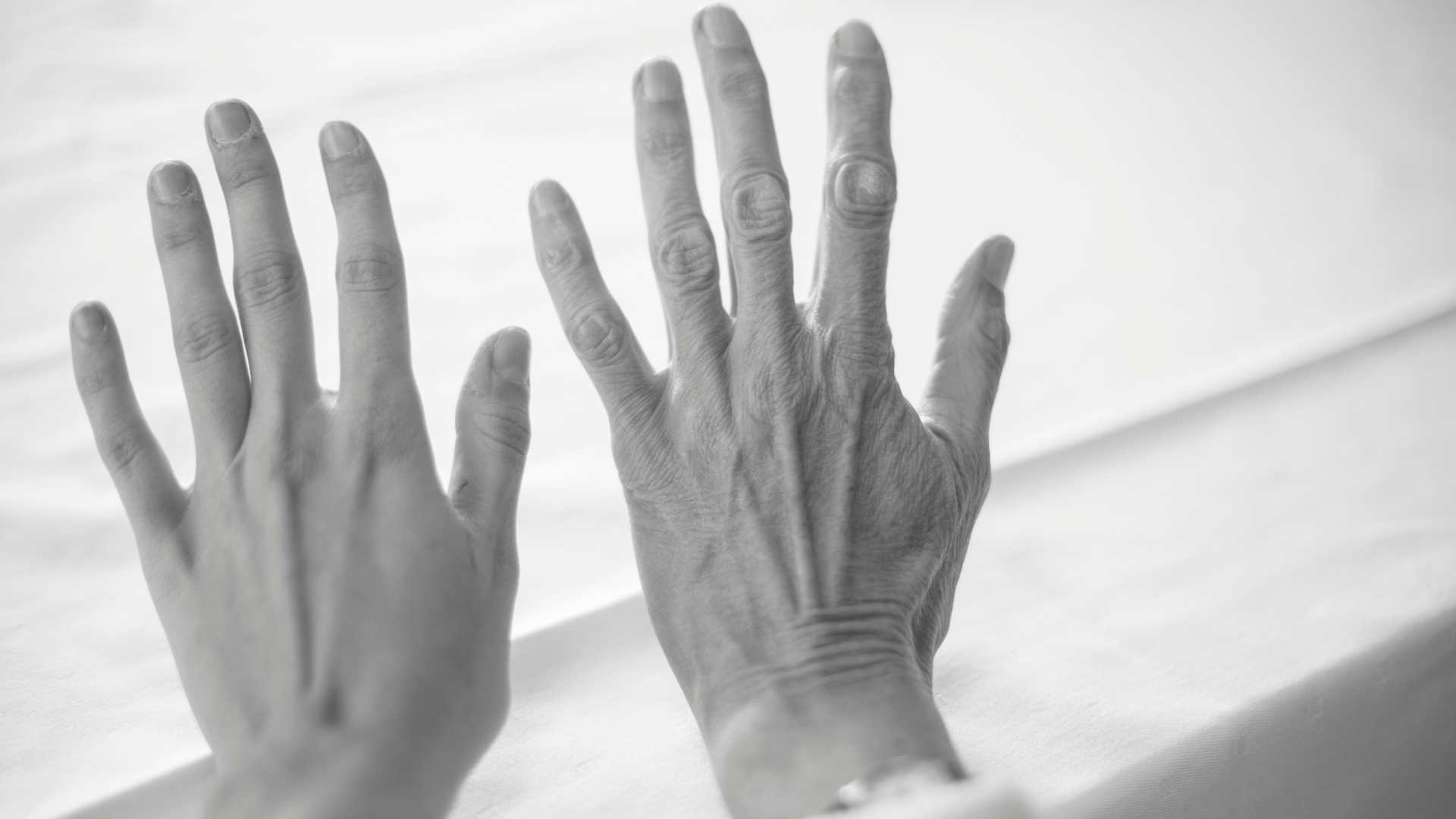As an employee approached her 65th birthday, she found herself repeatedly questioned about her retirement intentions by her managers at J&M Industries Inc.
She was asked, “When are you going to retire?” “Why don’t you retire at 65?” and “What is the reason you are not retiring?” according to a federal age discrimination lawsuit filed by the U.S. Equal Employment Opportunity Commission. These questions marked the beginning of a troubling period for her, leading to significant legal and professional consequences.
Dismissal Just Before a Milestone: The Termination Incident

The Miami Herald reports that in the period leading up to her 65th birthday, despite nearly 20 years of service as a purchasing agent for the Louisiana-based manufacturing and distribution company, she was terminated.
The company justified her dismissal by citing “economic uncertainty” as the reason for eliminating her job position in May 2020. However, this explanation was soon put into question when, less than a month later, a younger man was hired for the same role, highlighting potential motives beyond the stated economic reasons.
Legal Actions and Allegations

The U.S. Equal Employment Opportunity Commission (EEOC) took legal action against J&M Industries, accusing the company of violating the Age Discrimination in Employment Act.
This law is designed to protect employees and job applicants who are 40 years of age and older from discrimination based on age. The EEOC’s lawsuit brought to light the alleged discriminatory practices that led to the employee’s termination.
The Company’s Defense

In response to the allegations, J&M Industries denied that the decision to terminate the employee was based on her age, The Miami Herald reports.
The company also contended that the individual hired as her replacement, despite being significantly younger, was tasked with “broader, more significant duties than she did,” according to court filings.
A Resolution Reached

Business Insider reveals that J&M Industries agreed to settle the case by paying the former employee $105,000, covering back pay and liquidated damages.
This settlement, announced by the EEOC in a news release, aimed to provide relief for the employee and serve as a deterrent against future instances of age discrimination within the company and beyond.
Future Preventative Measures

As part of the settlement, J&M Industries committed to several measures to prevent age discrimination in the future. This includes training for employees, revising company policies, and regular reporting to the EEOC.
Additionally, the company must post a notice about its obligation to comply with the Age Discrimination in Employment Act, ensuring that its workforce is aware of and adheres to these standards, The Miami Herald notes.
The Importance of the Settlement

Rudy Sustaita, a regional attorney for the EEOC’s Houston District Office, said that the settlement serves the public interest and that “it provides relief for the former employee and will help protect others from age discrimination.”
This case highlights the ongoing challenges of age discrimination in the workplace and the importance of legal recourse in addressing such issues.
Legal and Ethical Stance

Senior trial attorney Peter Theis from the EEOC’s New Orleans field office stated, “Age discrimination is wrong, and employers that discriminate against older workers violate the law.”
This position reflects the EEOC’s commitment to enforcing anti-discrimination laws and ensuring fair treatment for all employees, regardless of age.
The Company’s Admission

According to The Miami Herald, J&M Industries admitted that inquiries regarding the employee’s retirement plans were made, but argued that these were either for “succession planning” purposes or considered “merely stray remarks,” according to court documents.
This admission reveals the complexity of interpreting comments related to age and retirement in the workplace.
Understanding Age Discrimination

The Age Discrimination in Employment Act serves as the legal foundation for this case, protecting employees over the age of 40 from discrimination based on age “in hiring, promotion, discharge, compensation, or terms, conditions or privileges of employment,” per The U.S Department of Labor.
This case illustrates the application of the law in real-world scenarios, where allegations of age discrimination must be thoroughly investigated and addressed to ensure compliance and fairness.
The Significance of Legal Action

The legal action taken by the EEOC in this case highlights the importance of holding companies accountable for discriminatory practices.
By challenging alleged age discrimination and securing a settlement, the case serves as a precedent for other employees who may face similar challenges, reinforcing the message that age discrimination will not be tolerated.
The Outcome: A Step Towards Equality

The resolution of this case through a settlement and the implementation of preventative measures by J&M Industries represents a step towards ensuring equality and fairness in the workplace.
Business Insider reveals that Sustaita emphasized the broader impact of the resolution, and said, “We are pleased that the EEOC and J&M Industries were able to reach this resolution.”
How Often Are Senior Americans Discriminated Against?

The discrimination of senior Americans in the workforce is a large societal problem that needs to be addressed.
Research from the AARP shows 64 percent or around two-thirds of American adults age 50 and up experience workplace discrimination. In that same research, over 90% of this same group felt that worker discrimination against older people is commonplace in the United States.
Why Do Employers Discriminate?

Some employers are worried that as their workers age, they will start to become less competent at their jobs.
This is because as people get older they are more likely to develop injuries and health conditions that can hinder their workplace activities. For this reason, employers are not only more likely to be unkind to older age workers, but they may skip hiring them to choose a younger candidate instead.
What About Other Co-Workers?

While employers and managers make the big decisions, older workers often fear being forced to work alongside younger members of the workforce as well. The generational gap between workers can cause difficulties in team dynamics, with different kinds of knowledge and experience common to different age groups.
This leads to a common dynamic where workplaces can be socially segregated between young and old people.
Senior Discrimination Affects Everyone

In a Harvard Business Review piece by Nicole Smith, she described her experience as a new manager in a workplace. She attempted to integrate team members in their fifties and sixties with young workers and learned about the extent of the problem.
“I discovered that most of my team members — people in their fifties and sixties, many cherished contributors to our organization — had no desire to work with “those young people on the other side of the room,” Smith said.
Ageism Has Become Normalized

Smith felt that this segregation in her workplace that had naturally formed was being normalized to the point it was hard to counter.
“I also learned I was in a culture that normalized ageist behavior — one where making surface-level assumptions about younger colleagues was acceptable. And it went both ways: Younger employees often disparaged older colleagues’ technical skills and willingness to learn. They lamented, publicly and privately, that their knowledge, insight, and skills weren’t appreciated and that they were being obstructed from developing and advancing,” she wrote. (via Harvard Business Review)
Why Don’t the Protections Work?

With the common nature of workplace age discrimination, one might think nothing has been done to address it. However, that is far from the truth. Age discrimination is forbidden for employees over 40 years old in the United States.
However, the problem is that the legal system can only address certain “harder” forms of worker age discrimination. There are more subtle forms of workplace discrimination that people still need to make progress on addressing.
Hard Versus Soft Age Discrimination

A study published in the European Journal of Ageing concluded that the dual nature of “hard” and “soft” discrimination works together to fuel the normalization of age workplace problems.
“Hard” discrimination is activities that are illegal like unfair firings and severe harassment. However, the “soft” form of discrimination is exceedingly more common and harder to stop. This includes things like bad jokes, mean comments, social isolation, and interpersonal relationships.
Looking Forward

While this case with J&M Industries proved that American society can hold people who abuse age discrimination for their own benefit accountable, there is more work to be done. Managers and co-workers need to actively fight against the normalization of age discrimination and make a conscious effort to overcome age barriers.
People need to avoid resorting to stereotypes when classifying people and be aware of the hidden harm that a so-called “harmless joke” can have when it perpetuates bad behavior.
